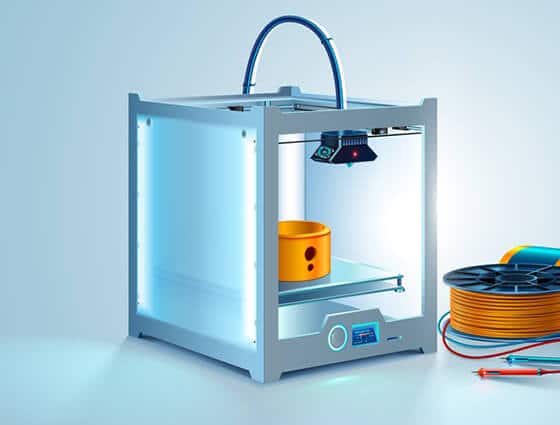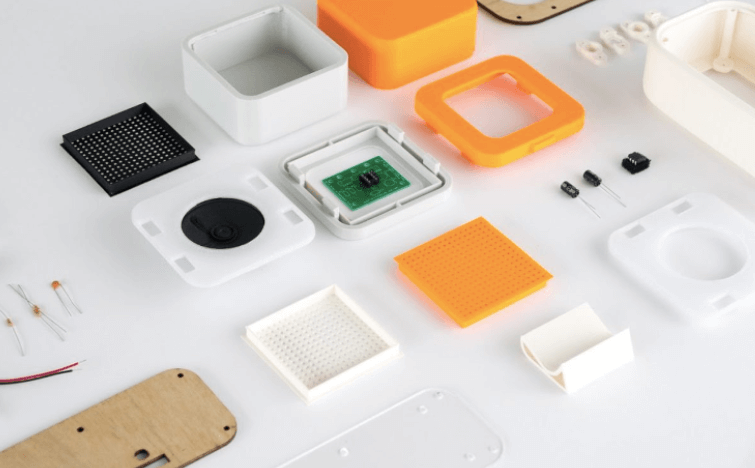The Benefits of Rapid Prototyping in Product Development
Rapid prototyping has become an essential tool in product development, allowing companies to quickly and efficiently bring their ideas to life. It involves creating a physical model of a product using various techniques and materials. One of the key decisions that companies must make when using rapid prototyping is whether to use a subtraction or addition approach.
Subtraction rapid prototyping involves removing material from a solid block to create the desired shape. This can be done using techniques such as milling or turning. Addition rapid prototyping, on the other hand, involves adding layers of material on top of each other to build up the final product. This can be done using techniques such as 3D printing or stereolithography.
Both methods have their advantages and disadvantages, so the choice between the two often depends on the specific requirements of the project. When precision and accuracy are critical, subtractive rapid prototyping is often preferred. By starting with a solid block of material and removing excess material, companies can ensure that the final product is exactly as intended. This method is therefore particularly useful for creating complex shapes or intricate details.
Advantages of Additive Rapid Prototyping
On the other hand, addition rapid prototyping offers greater flexibility and speed. By building up the product layer by layer, companies can quickly make changes and adjustments to the design. This allows for a more iterative approach to product development, where multiple prototypes can be created and tested in a short period of time. Additionally, addition rapid prototyping is well-suited for creating organic shapes or designs with internal cavities that would be difficult to achieve using subtraction techniques.

Another advantage of additive rapid prototyping is the ability to use a wide range of materials. While subtractive techniques are limited to solid blocks of material, additive techniques can use various types of plastics, metals, and even composites. This allows companies to create prototypes that closely resemble the final product in terms of material properties and performance.
However, additive techniques also have some disadvantages. The layer-by-layer approach can result in a less smooth surface finish than subtractive techniques. Additionally, material and equipment costs can be higher for additive techniques, especially with certain types of 3D printers or specialized materials.
In summary, both subtractive and additive rapid prototyping have their advantages and disadvantages. Subtractive techniques offer precision and accuracy, making them ideal for complex shapes or intricate details. On the other hand, additive techniques offer flexibility and speed, allowing for iterative design changes and a wide range of material options. Ultimately, the choice between the two depends on the specific requirements of the project and the desired outcome. By carefully considering the pros and cons of each method, companies can make an informed decision and leverage the strengths of each during the product development process.
